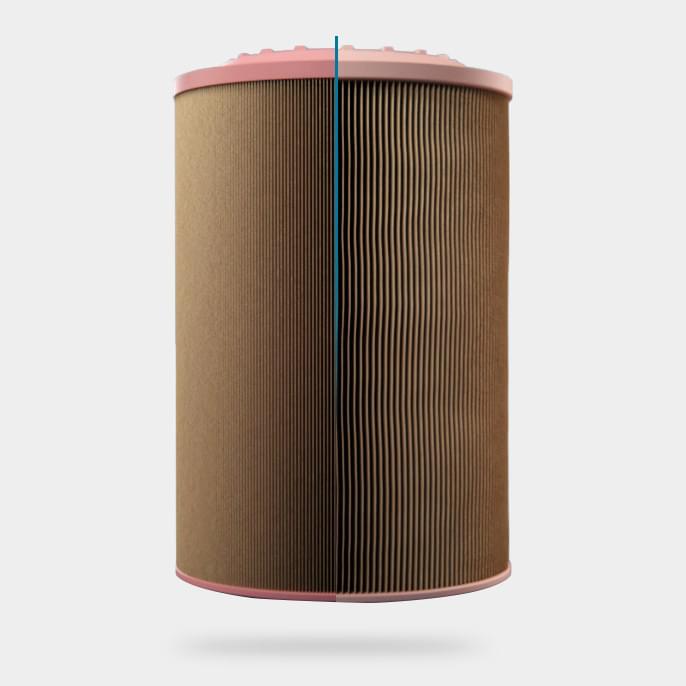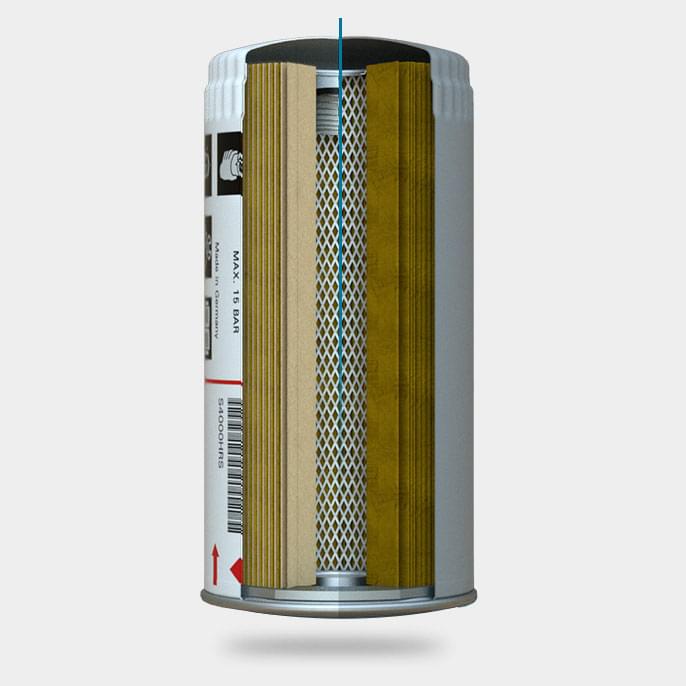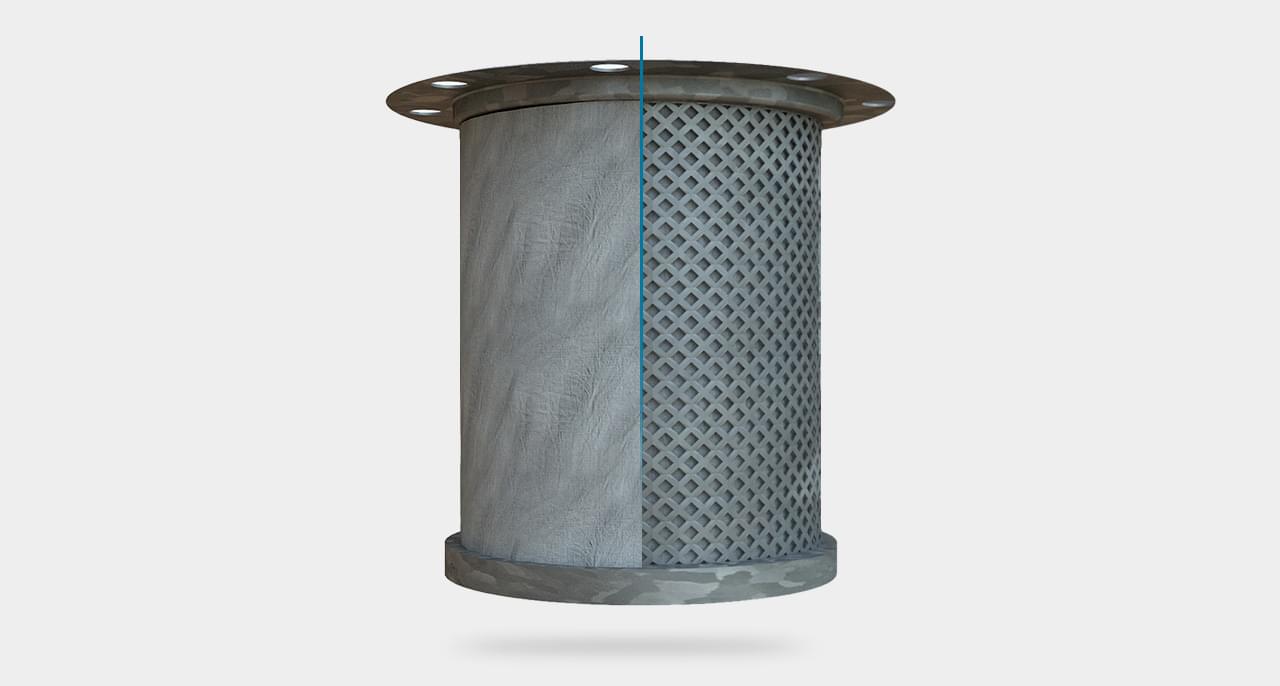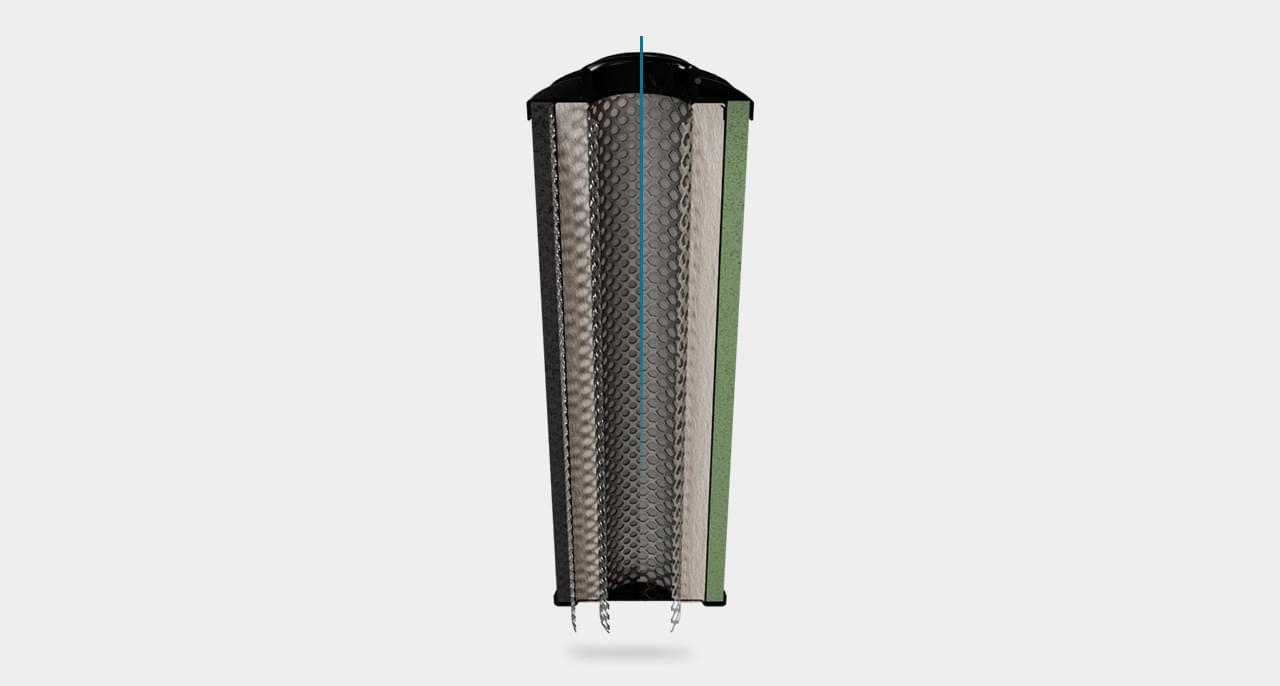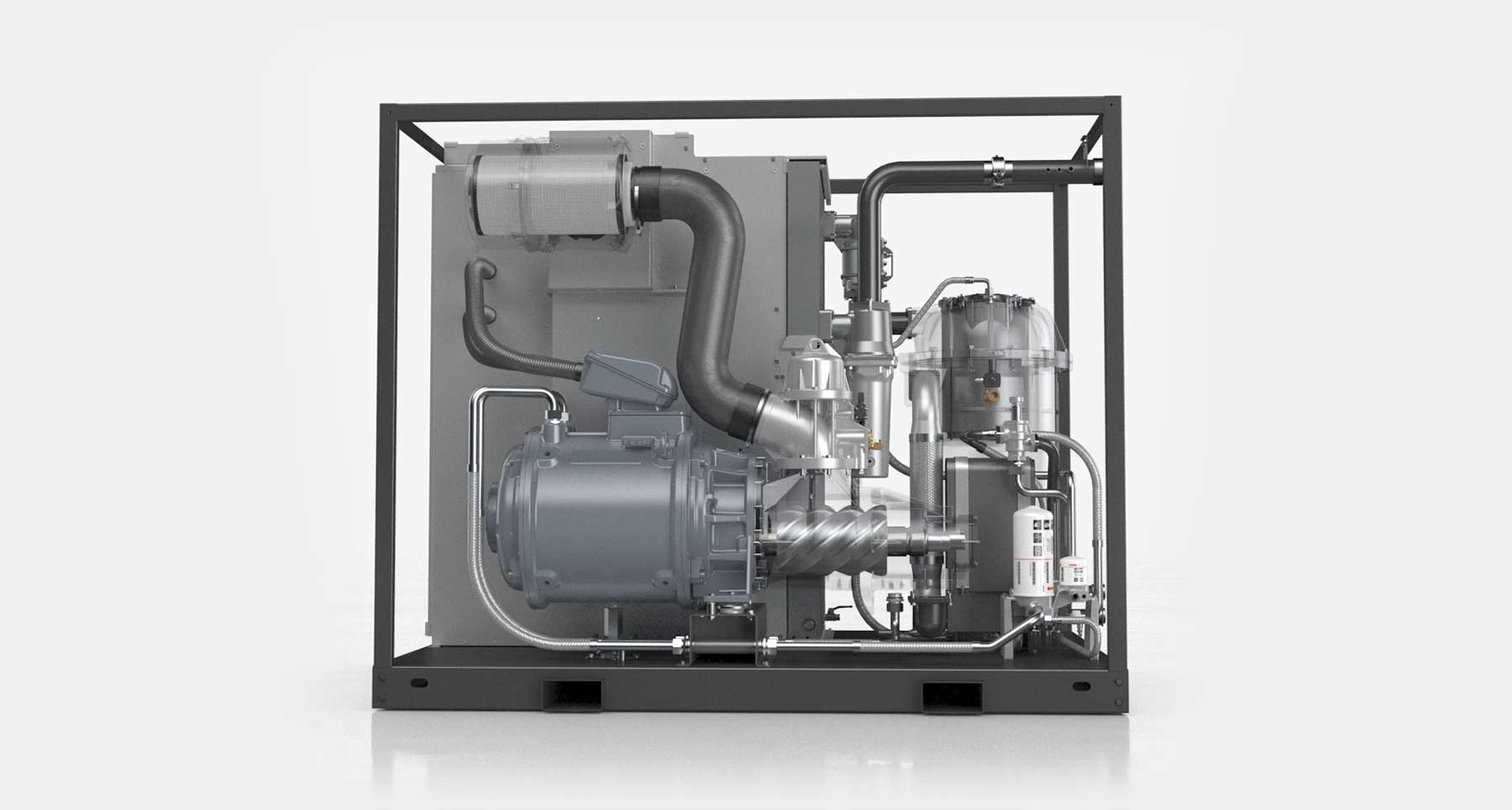Why choose genuine parts?
Think of the human body with its vital organs. If these are in good shape, we are healthy and fit. If one organ fails however, our very life may be at risk.
Each component of your compressor is vital for its overall performance, giving you the reliability, long lifetime and energy efficiency you expect. That's why every part and lubricant is expertly designed, manufactured and tested according to the most stringent standards. That's why using non-genuine replacement parts puts your entire air system at risk.
Find out more- Air filter
- Oil filter
- Oil separator
- Line filter
- Lubricants
- Other Parts
Keeping the particles out
Compressors operate in many different types of environment, affecting the inlet air. Impurities, such as dust particles, are mostly invisible to the naked eye. But they can cause damage to the compressor element, reducing its efficiency or even causing failure. They can also make the lubricant age faster and disrupt its capacity to protect metal components.
The air filter is designed to protect your equipment by keeping these particles out. Developed by our dedicated team of experts, it strikes a balance between highly efficient filtration, long lifetime and minimal pressure drop.
Protecting the oil system
Impurities in the oil can cause damage to the compression element's rotors and housing, resulting in reduced performance and higher operational costs. They can also harm the bearings, leading to rotor contact, possible element failure and production downtime. Finally, they shorten the lifetime of components and of the oil itself.
The oil filter captures dust, deposits and other foreign particles, ensuring a clean oil flow to the compressor element. Apart from protecting the bearings and other mechanical components, it prevents premature clogging of the air/oil separator.
Extracting the oil
The compressed air that leaves the compressor element is a mixture of air and oil. However, to prevent contamination of production equipment or end products, you need high-quality air. That's why the oil content in the air that leaves the compressor should be reduced to an absolute minimum! The best in class oil-air separation guarantees a typical oil content of 2 ppm with an absolute maximum of 3 ppm.
In the air/oil separator, the oil mist is liquified intro droplets that collect at the bottom. From there, the oil is filtered and sent back to the compressor element.
Protecting the air quality
Air quality is key, but specific air quality demands depend on the needs of your application and production equipment. Our highly efficient line filters play a vital role in filtering out impurities such as solid particles, moisture and oil aerosols or vapor.
By minimizing pressure drops, we help you achieve your energy saving targets.
Composed for optimal performance
To keep your compressor operating reliably and cost-effectively, oil plays multiple vital roles. It protects rotating parts to avoid metal-to-metal contact. It absorbs the heat to ensure optimal working temperatures. It seals the clearances between the rotors and the housing, preventing air backflow and reduced output. Finally, it absorbs contaminants or carries them off to the oil filter.
Oil needs to perform all these functions at varying working conditions. Only high-quality oil with the right balance between additives combines a minimal ecological footprint with maximum reliability and energy efficiency.
Designed to perform
What do valves, bearings and hoses have in common? They face wear and tear from repeated exposure to high pressure, temperature and frequent movement.
Genuine replacement parts are designed to ensure the best performance of your compressor system. They are made of durable materials, carefully chosen for their wear resistance.

